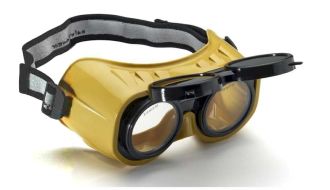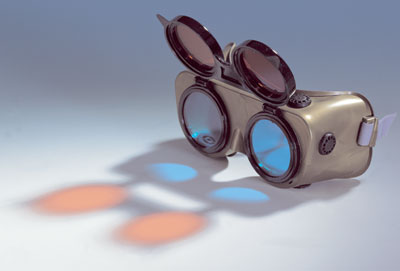|
Selecting Appropriate Laser Eye Protection
The choice of the most suitable laser safety goggles and spectacles must be done in compliance with standard EN 166, EN 207 and EN 208. The use of unsuitable eye-wear is one of the most frequent cuases of eye injury. So, please, consider the following as a guide. For a correct judgment of optical hazards, it is important to know some fundamental parameters defined in the standards of eye-protection against laser radiation.
Laser wavelength
Determine all wavelengths used in your application, to protect against with one pair of laser safety glasses (consider tunable systems or multiple lasers).
Laser mode
Check your laser output, if it is continuous, pulsed or repetitively pulsed. In case of pulse mode, additionally determine time duration to find out I, R or M type of laser.
Output parameters
For continuous wave lasers check maximum output and beam diameter to calculate the power density (W m2). For pulsed lasers determine the maximum energy, the beam diameter, and the frequency (if applicable) to calculate the energy density (J/m2) or power density (for M type) to secure most suitable laser safety glasses for your application.
Stability to radiation
This is the minimum power (or energy) density value that the protection filter of set class and must comply with. Find the stability to laser radiation (the adequate for full protection or alignment) entry in the tables - the closest greater value to your calculation. The entry identifies the spectral transmittance, and the optical density (scale number).
Spectral transmittance and optical density
Spectral transmittance is the ratio between the power (or energy) transmitted by the filter and the incident power. The transmittance values, which vary from 10-1 to 10-10 (i.e. optical density from 1 to 10), correspond to ten levels of eye protection: L1 to L10.
 
Laser Safety Goggles
See detailed model info here.
| 